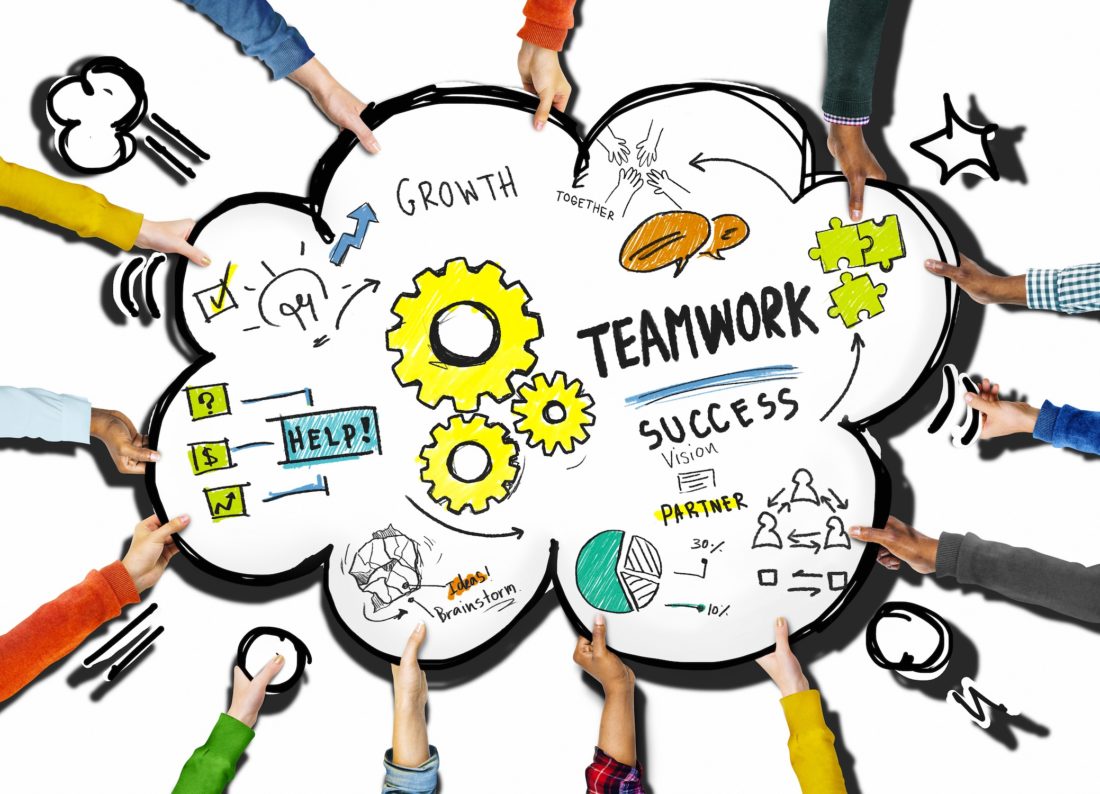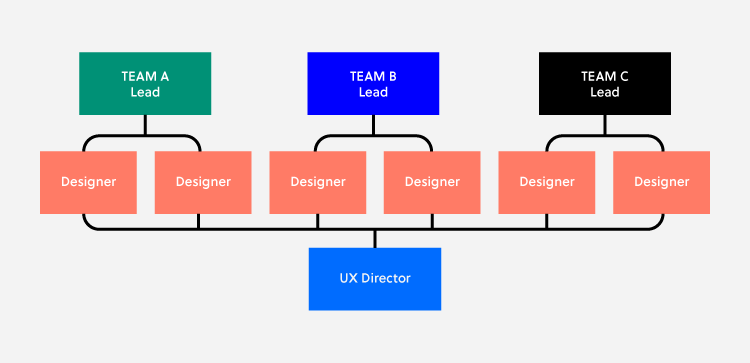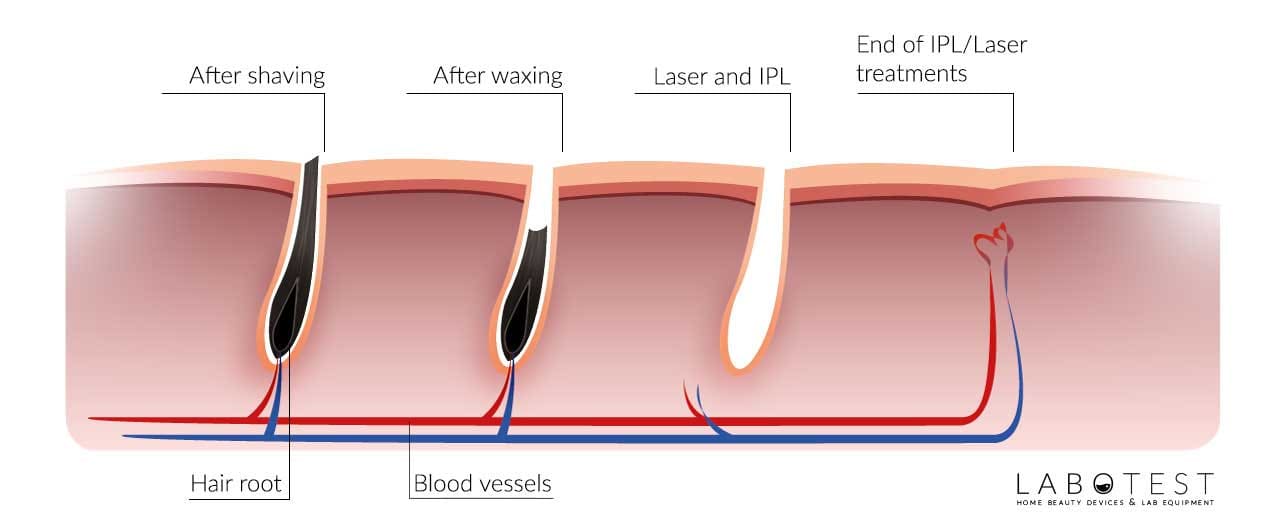Table Of Content

The designer can just go to the UI engineer to get it done without bothering the PM. This gives designers a huge sense of empowerment and accountability for execution quality. It’s better to opt for a methodical approach and make sure everybody is involved in the conversation. These should be intelligent conversations that include actionable and meaningful insights for better decision-making and collaboration .
landscape architect #5204 certified arborist #WE-9711A
The simple truth is that projects require a lot of people, and everyone is different. While its easy to point to diversity as potential weak points in a team composition, different perspectives bring even greater strength to a team. Personnel assignments can introduce risk when bringing on people who are incapable of doing their assigned tasks. Personnel assignments also introduce risk when using people who struggle to deal with certain known project parameters, like the inability to juggle multiple projects. The people on a project may play multiple roles, but too much consolidation of roles can compromise the value of collaboration. The roles themselves are interesting really only on the surface level and, at least in the world of Web design, have been examined ad nauseam.
Chinese team makes quantum leap in chip design with new light source - South China Morning Post
Chinese team makes quantum leap in chip design with new light source.
Posted: Sat, 20 Apr 2024 13:00:20 GMT [source]
Collaborate in real time on a digital whiteboardTry Freehand
However, the fact that all the decisions are made by one or several persons will also affect or sometimes even kill the team's creativity. The entire team can be united closely to complete a project quickly and effectively. Raises are performance-based, which incentivizes the right behavior—designers who want to further pursue their craft will develop their career without sacrificing their passions.

Subscribe to get tactical resources, design roles, and events—directly in your inbox.
The pressure to deliver high-quality results within tight deadlines often places design teams in a perpetual race against time. As the demand for awesome design solutions surges, the team may find themselves grappling with an overwhelming number of tasks and not enough time to execute them all with the desired level of attention. This can lead to burnout and compromise the overall quality of design outputs.
How a company's size can influence a design team’s function
Visualize your New Year plans and distribute them across teams using creative project timeline templates in Wrike. Today, a reported 70% of people globally work remotely at least once a week. In Buffer’s 2018 State of Remote Work survey, 10% of remote respondents work in design. When details are so critical, being able to communicate and stay organized from different locations is key to success. It’s not just the sheer number piling up, each with the due date of ASAP either. Design teams field requests from diverse teams who all have their own processes, needs, and internal languages.
How to structure and grow successful design teams
The best design leaders can recognise how skills and expertise are distributed across the team and bring them together to form a powerful unit. They also know where their own strengths and weaknesses lie—and they’re not afraid to make mistakes or admit when they’re wrong. It also erodes trust, creates a culture of uncertainty, and impacts team morale. Understand what makes your company unique and build your processes to take advantage of and grow from those attributes. That way, you can give your design team a strong foundation and the space to make exciting and rewarding contributions that will benefit the entire business. Implement a daily design review process to provide timely feedback and foster iterative improvements.

Regular design reviews empower designers to make informed decisions, resulting in better outcomes and faster project completion. As the design landscape continues to evolve, designers with proficiency in multiple disciplines are becoming increasingly valuable. A product designer, for instance, might also possess skills in UX and UI design, enabling them to craft not only the physical product but also its digital interface. Similarly, branding designers may expand their repertoire to include elements of UI design, ensuring that the brand's visual identity seamlessly translates into the digital realm. This versatility empowers designers to adapt to the ever-changing needs of businesses and consumers, driving innovation and differentiation in the market. Creatives need to think in a different way to gather solutions for users that face particular problems.
As a design leader, it’s your job to notice and understand these changes, mentor them along their journey, and encourage them to reach for their full potential. The topic of design not only continues to evolve, but it’s become much more of a core concept in the business world. That means assembling your design team takes even more careful consideration than it did five years ago, especially since top talent is becoming more and more difficult to secure. Once the designer is on board, I’m an active partner who’s helping them define goals and constraints.
Ideal design team set up for small, medium, and large organizations
Specialists bring focused skills to a team, but a project is never just about design — teams like marketing, sales, and editorial will frequently have a stake in the work your design team is doing. Those specialists will need to collaborate in order to fulfill your business needs. As a company that creates software for collaboration, MURAL understands the value of using tools that keep teams creatively connected. This design team structure is suitable for large organizations due to its flexibility. Most designers and other skilled creatives work in-house and are on call whenever they’re needed. Since different leaders supervise the design team, there is increased collaboration in working toward a common goal.
The design team organization chart typically includes design managers overseeing various design roles, such as UX designers, UI designers, and graphic designers. This structure promotes consistency, streamlined communication, and the establishment of design systems across the entire organization. A centralized design team can efficiently manage design services, ensuring cohesive and well-coordinated projects that align with the organization's overall design strategy. Greg is a Licensed Landscape Architect with fifteen years of experience in Landscape Architecture, landscape construction, landscape maintenance management, and water conservation. He received his Bachelor of Science in Landscape Architecture from Cal Poly Pomona in 2003 where a major focus of his study was irrigation design and landscape construction methods and materials.
Another function of design teams involves managing branding and identity to maintain a consistent brand image, effectively conveying the company's values and personality. Collaboration with cross-functional teams, user testing, and implementation support are integral to their process. In addition, they establish and maintain design systems that promote consistency and efficiency across projects. The only way you get quality, unique, and engaging marketing designs is if you have a strong design team behind you. A design team is responsible for analyzing the design brief, brainstorming design ideas, sketching, and optimizing designs. The strength of your design team depends on the determination and creativity of their leader–YOU!
They began by asking questions throughout the company like, “What do you anticipate needing from the creative team? ” Then, they mapped out and prioritized those needs before delegating them. As an organization grows, the design team must adapt to handle increased demands. Embracing design at scale ensures the team can tackle complex challenges with confidence and agility.
When she’s not writing, she enjoys rock climbing, disc golfing, traveling, and cooking with her husband. The heart of Designing Together is a set of several dozen essential behaviors for collaboration and dealing with difficult situations. Successful projects depend on varying degrees of wiggle room on at least some constraints. For example, deadlines and milestones may have fixed dates (binary) or reasonable ranges (First half of June). The project parameters should be fully defined as early as possible in a project.
The centralized model is more suitable for medium-sized organizations because the design leader will be useful in creating a common design vision and in managing the day to day activities of the designers. A centralized design team structure will make it easy for designers to share knowledge and give each other feedback. Regardless of the chosen design team structure, the successful implementation of design projects hinges on effective collaboration tools and well-defined design processes. Utilizing digital collaboration tools, such as project management platforms and design software, like Linearity Curve, facilitates seamless communication and file sharing among team members. For small organizations, the decentralized model where a designer is attached to a cross-functional team is most suitable. The best type of designer to hire for small organizations is one who has design leadership skills.
To repeat, the distinction between junior and senior is not a question of talent. Once a designer can form a defensible point of view, present with conviction, and not fold under pressure, they’re well on their way to becoming senior. You'll now get the best career advice, industry insights and UX community content, direct to your inbox every month.
The flexible design team structure is a combination of both centralized and embedded design team structures. One team also comprises people across all departments, just like the cross-functional type. Smaller organizations can take advantage of an embedded or cross-functional design team structure.


No comments:
Post a Comment